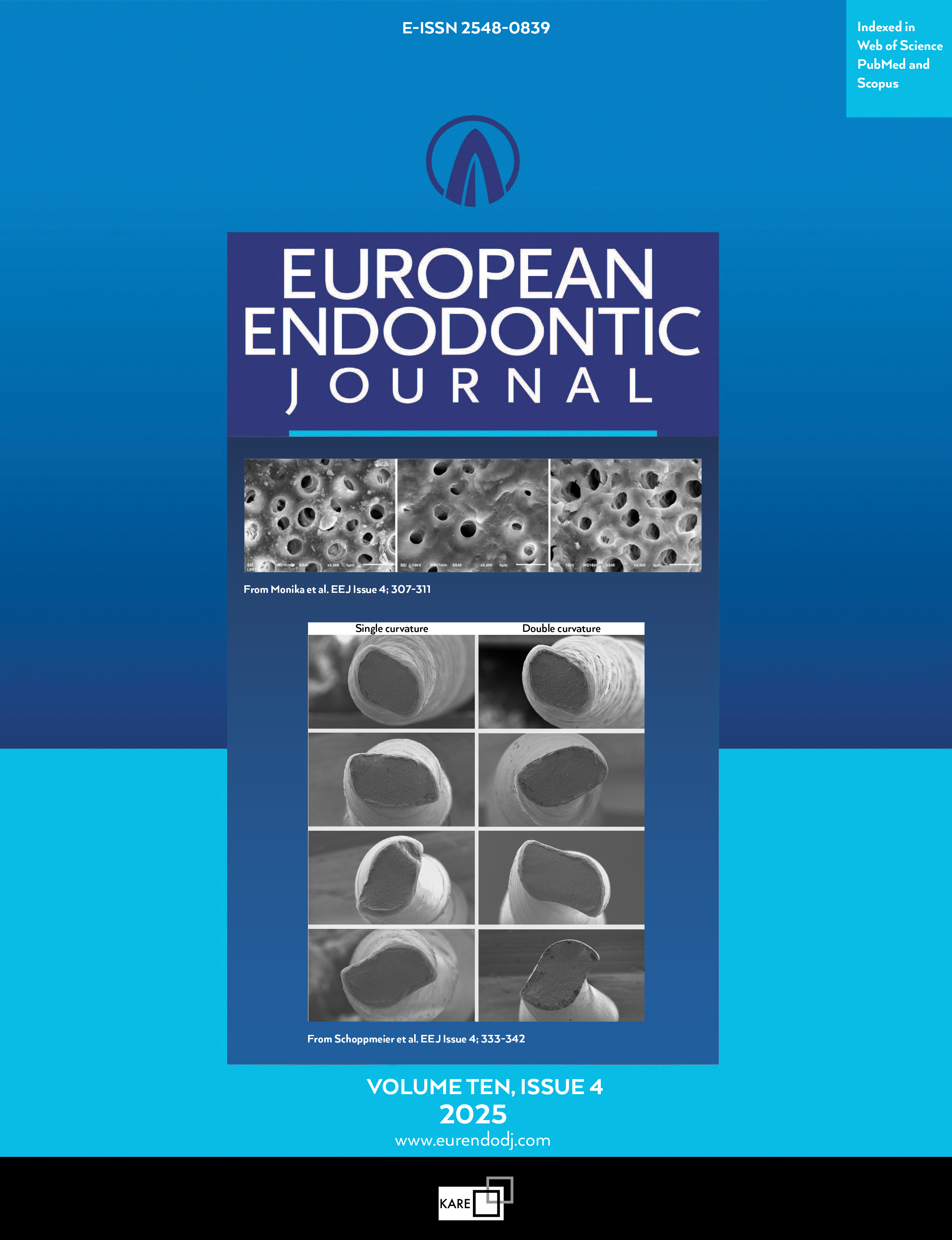Metrics
2024 IMPACT FACTOR
5 year Impact Factor
Eigenfactor Score
2024 CiteScore
Journal Citation Reports
(Clarivate 2025, JIF Rank)
Potential Use of L-Arginine Amino Acids towards Proliferation and Migratory Speed Rate of Human Dental Pulp Stem Cells
Rizka Andini Pratiwi1, Deryana Avidhianita1, Anggraini Margono1, Indah Julianto2, Dewa Ayu Nyoman Putri Artiningsih1, Aryo Megantoro11Universitas Indonesia Salemba, Jakarta, Indonesia2Department of Dermatology and Venereology, Sebelas Maret University Faculty of Medicine, Surakarta, Indonesia
Objective: L-arginine is a semi-essential amino acid produced by the body which has an important role in the process of stem cell regeneration. However, under inflammatory conditions, denaturation of pulp amino acids and proteins occurr resulting in a decrease in the ability of stem cells to self-renew. Therefore, in this study, L-arginine was added in vitro to the culture media Dulbeccos Modified Eagle Medium (DMEM) of human dental pulp stem cells (hDPSCs) to analyse the potential of L-arginine on migration and proliferation by comparing between 3 concentrations, namely 300, 400, 500 μmol/L and control group (DMEM), to obtain the most optimal concentration for proliferation and migration.
Methods: Serum-starved hDPSCs were divided into four groups: control: hDPSCs in DMEM; hDPSCs in 300 μmol/L of the L-Arginine based culture media group; hDPSCs in 400 μmol/L of the L-Arginine based culture media group; and hDPSCs in 500 μmol/L of the L-Arginine based culture media group, which were added in two separate 24-well-plates (5×104 cell/well) for proliferation and migration evaluation. The proliferation of all groups was measured by using a cell count test (haemacytometer and manual checker) after 24 h. The migratory speed rate of all groups was measured by using cell migration assay (scratch wound assay) after 24 h. Cell characteristics were evaluated under microscope that was then evaluated using image-J® interpretation. This image J represented the measurement of migratory speed rate (nm/h) data. Statistical analysis was conducted using one-way ANOVA and post hoc Bonferroni (p<0.05) for proliferation and post hoc LSD (p<0.05) for migration.
Results: There was a statistically significant difference in hDPSCs proliferation among various concentration groups of the L-Arginine based solution (300, 400 and 500 μmol/L) compared to the control group (p<0.05). There was a statistically significant difference in the migratory speed rate of hDPSCs at 500 μmol/L of the L-Arginine based solution group compared to lower concentrations and control group (p<0.05).
Conclusion: All three concentrations of L-arginine can induce proliferation of hDPSCs. L-arginine at 500 μmol/L can induce higher hDPSCs proliferation and faster migration at 24 hours compared to lower concen-trations and control.
Manuscript Language: English
(435 downloaded)


